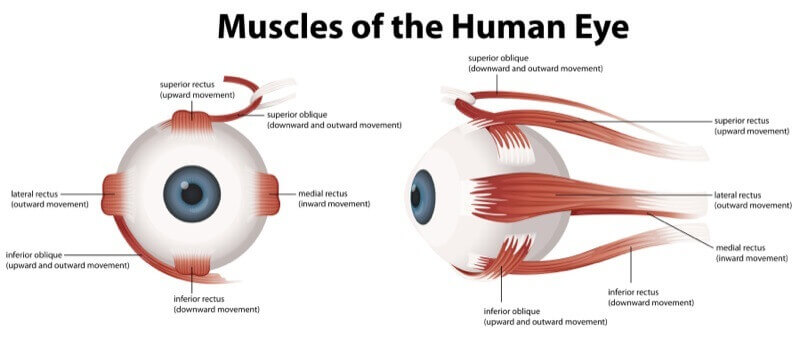 VISION THERAPY IS NOT JUST EYE EXERCISES!
VISION THERAPY IS NOT JUST EYE EXERCISES!
Orthoptics/Pleoptics/Vision therapy (VT) is the branch of optometry that specializes in preventing prolonged eye disorders while developing, improving, and enhancing a person’s visual abilities. Vision Therapy is effective for patients of all ages and improves eye tracking, eye teaming, accommodative abilities, and so much more!
The goal of Vision Therapy is not to strengthen muscles but uses ongoing evidence-based scientific research to improve skills and interpretation of visual input by training the entire visual system including eyes, brain, and body. This means vision therapy is a neuromuscular training and rehabilitation which is comparable to occupational or physical therapy for the visual pathway. The goal is to train the patient’s brain to properly use the eyes to receive information, quickly decode it, and act appropriately.
Vision therapy sessions are tailored to each patient by our therapists based on a patient’s diagnosis and under the guidance of our behavioral optometrist. The exercises aim to enhance the brain’s ability to control eye alignment, movements, focusing abilities, and binocularity. Endurance is built through repetition and adherence to the equipment including but not limited to accommodative lenses/prisms, vectographs, and anti-suppression techniques. Due to the increase in endurance and ability, Vision Therapy has proven remarkably effective in helping people with learning problems. The high visual demand in learning to read and write can lead to visual pathway concerns often causing the patient to fall behind at school.
What is Visual Training?
First we need to understand what vision really is and how it develops. Vision is the ability to identify, interpret and understand what is seen. This ability is learned and developed, from birth until death and can be trained at any point in a person's life. Our visual abilities build step-by-step. However, many people miss/don’t complete a step, or must begin to perform visually demanding tasks before a visual ability skill set is in place.

Two-thirds of all information we receive is visual. That means efficient visual skills are a critical part of learning, working, and recreation (see Sport Vision). Therefore, developing these skills includes learning to effectively have both eyes move, align, fixate and focus as a team. This enhances a person’s ability to interpret and understand potential visual information presented to them.
Highly motivated and intelligent people may be good achievers, in spite of their visual abilities, but will do so by means of over stressing their visual pathways. For the average person, even one or two deficiencies can cause enough frustration to create a non-achiever. Vision therapy is an individualized treatment program designed to correct ocular-motor, binocular, and/or visual-perceptual deficiencies such as:
- Convergence Insufficiency
- Strabismus/Amblyopia
- Traumatic Brain Injury
- Complications at birth/trauma to the nervous system
- Contributing hereditary factors
The visual abilities which can be enhanced through VT include:
- Tracking and Fixation
- Accommodation
- Depth Perception
- Peripheral vs Central Vision
- Binocularity
- Visual Perception and Spatial Awareness


